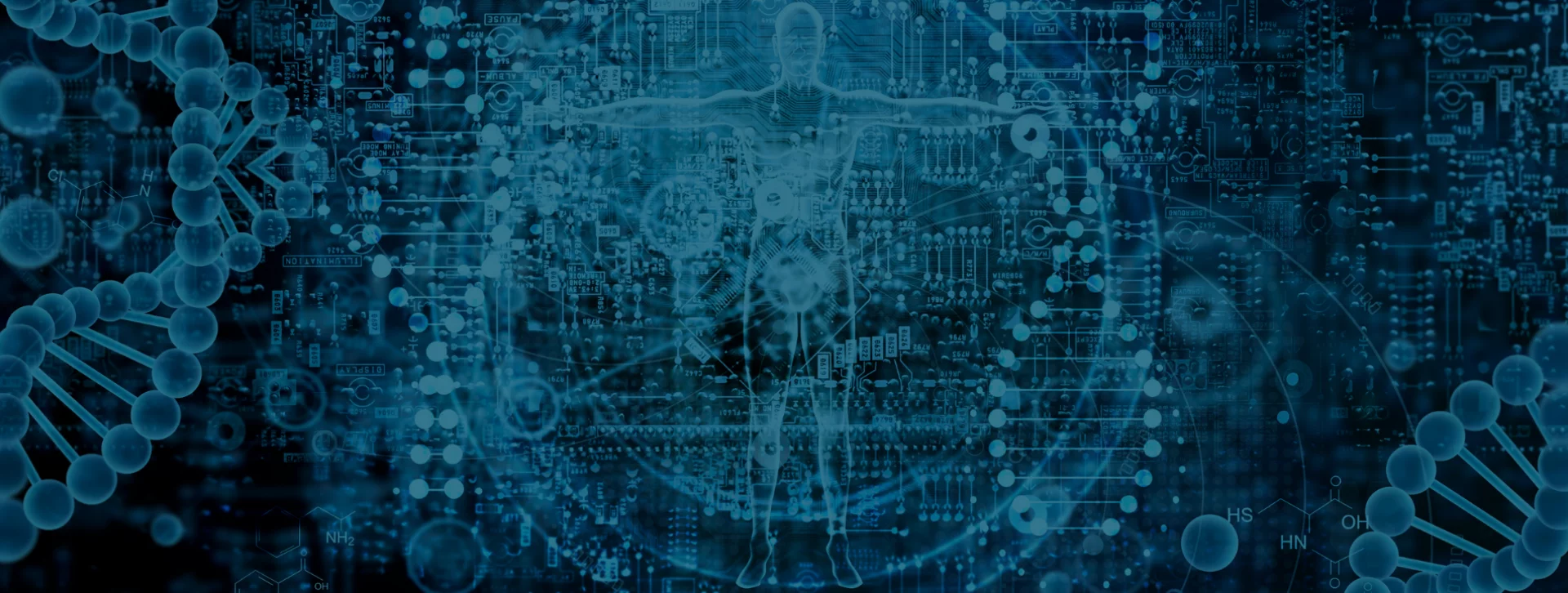The Miracle Molecule
NAD+ is a critical coenzyme found in every cell in our body. It turns nutrients into energy and drives crucial metabolic processes by regulating cellular function. By shifting electrons from one molecule to another, NAD+ helps us generate energy within our cells and regulate the circadian rhythm that manages our sleep/wake cycle.
Our infusions use only NAD+, the oxidised and most powerful form of NAD. NAD+ converts glucose into cellular energy, which is crucial in supporting a healthy ageing process, driving metabolic function, supporting DNA repair, reducing inflammation, and decreasing our susceptibility to disease and chronic illness. If your NAD+ levels are in order, your cells are protected against both impaired mitochondrial function and oxidative stress.
How does NAD+ Work?
NAD+ is essential for energy metabolism. NAD+ can directly and indirectly influence metabolic pathways, DNA repair, cellular senescence and immune cell function. These cellular processes and functions are critical for maintaining good physical and mental health, warding off illness and disease and for healthy ageing. A decline in NAD+ levels may trigger cognitive decline, cancer, metabolic disease and frailty. Many of these ageing-associated diseases can be slowed down and even reversed by restoring NAD+ levels. Therefore, targeting NAD+ metabolism has emerged as a potential therapeutic approach to age related disease, that extends the human healthspan and lifespan.
The Science Behind NAD+
Cells obtain energy during cellular respiration by oxidizing food molecules such as glucose. The energy derived from these actions is used to form ATP; an energy storage molecule. The NAD+ is the oxidized form, that is, a state in which it loses an electron. NADH is a reduced form of the molecule, which means it gains the electron lost by NAD+. The two forms of NAD constitute a redox couple. Redox reactions involving electron transfers play a central role in energy creation.
NAD+ is found in almost every living cell in the body, including the heart, brain, muscles, and lungs. NAD+ and mitochondria generate most of the energy needed to power the cell’s biochemical reactions. The energy produced by the mitochondria is stored in the adenosine triphosphate molecule (ATP). NAD+’s direct links with metabolism reactions provide the body with two pivotal benefits. The first is facilitating the conversion of bodily nutrients into energy. The second is by taking the role of a helper molecule to assist specific proteins in regulating other crucial cellular functions. These benefits are essential to the body’s overall well-being. When combined, they help to significantly delay ageing symptoms and prevent the onset of various diseases.
Existing Peer Review Literature Links NAD+ To Longevity
Since the 1970s, scientists have been discovering that many chronic conditions actually begin in cells that aren’t metabolising effectively. Many of these (mitochondrial basis) diseases have been successfully treated with NAD+ IV Therapy. By age 40, levels of NAD+ have declined by 50%. This jumps to 80% by age 60. We also know that NAD+ can help protect us from free radicals – unstable atoms that influence ageing and disease. All of this means boosting your levels of NAD+ needs to be a top priority in optimising mental and physical human performance.
View Our Infusions
Explore Where NAD+ Can Help You
Support System Relief
Helps relieve some of the symptoms and side effects of various illnesses such as:
- Parkinson’s
- High Blood Pressure
- Cancer
- Diabetes
- Heart Disease
- Immunity Issues
Brain-Destroying Diseases
Assists in alleviating brain-destroying disease such as:
- Alcohol
- Chronic Fatigue
- Depression & Anxiety
- Cronic Stress
- Addiction
- PTSD
- Alzheimer’s
Numerous Therapeutic Benefits
Promotes health and wellness related to:
- Anti-Ageing
- Cell Regeneration
- Skin Brightening
- Weight Loss
- Sleep Deprivation
- Improved Focus
- Increased Energy Level
Get in touch
If you don't have time right now, leave your details and we'll call you back:









